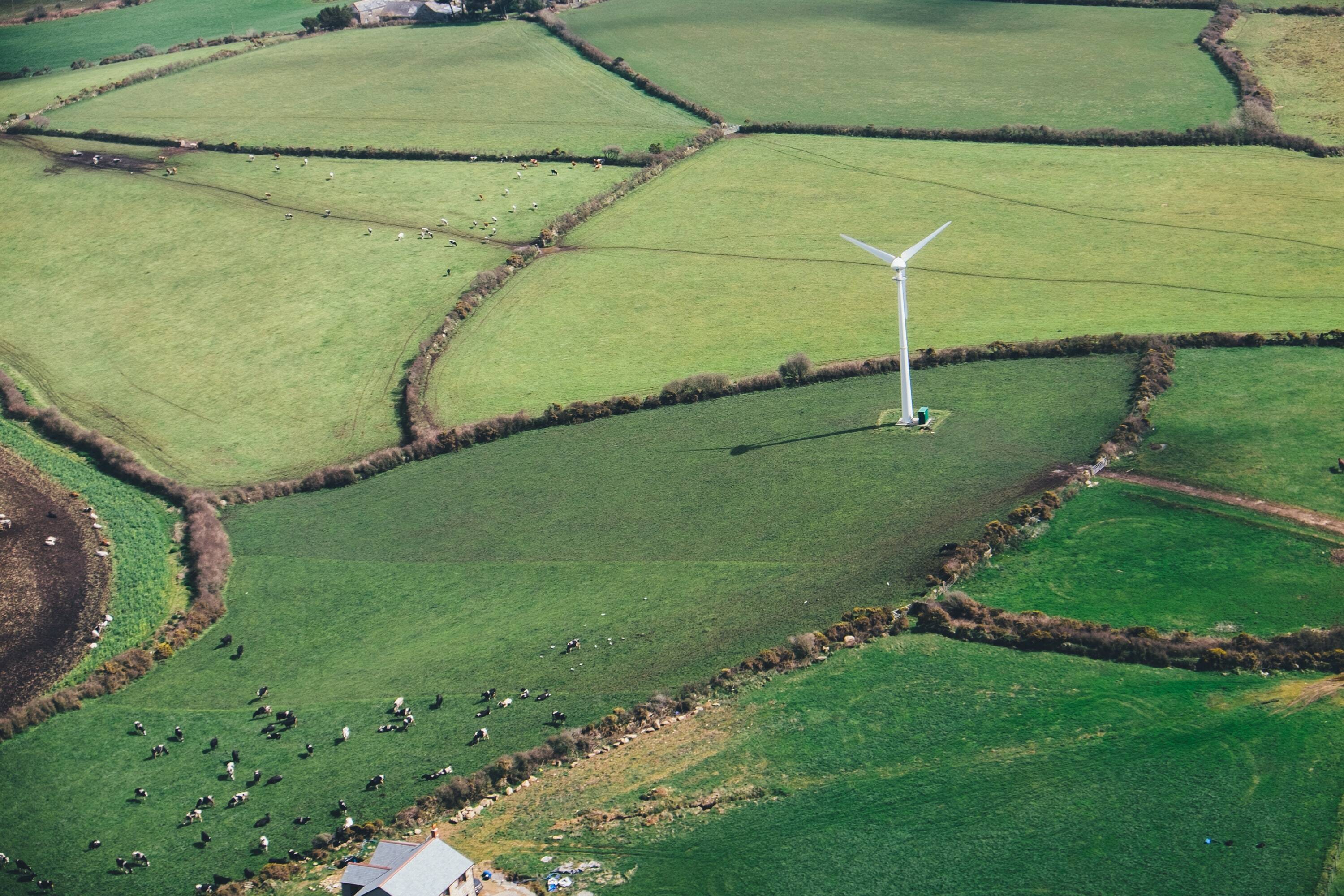You’ve reached your limit!
To continue enjoying Utility Week Innovate, brought to you in association with Utility Week Live or gain unlimited Utility Week site access choose the option that applies to you below:
Register to access Utility Week Innovate
- Get the latest insight on frontline business challenges
- Receive specialist sector newsletters to keep you informed
- Access our Utility Week Innovate content for free
- Join us in bringing collaborative innovation to life at Utility Week Live

Following the release of Innovate UK-funded net zero guidance for local leaders, Rebecca Stafford – business leader for place at Energy Systems Catapult – explains why robust local area energy planning can jump start green innovation.
The climate crisis affects us all, it is not just a matter for national government policy – planning and innovation at a local level can drive significant net zero action which considers key local characteristics and stakeholder needs.
Around 300 local authorities in the UK have declared a climate emergency. Many have set their own ambitious targets to become carbon neutral, often betting that local decision-makers can address the issues in their area quicker than national energy policy.
But the scale of the challenge and a lack of funding, resources and skills make it difficult for councils to have a clear way forward – and where local progress has been made toward net zero, there’s too often a lack of coordination at a regional and national level. Local action is often subject to constraints imposed by the regulated network operators in certain areas.
 A whole system approach to energy can lead to improved coordination across multiple vectors and potential cost savings, increased opportunities and reduced disruption for local areas. For example, home heating and transport being electrified alongside installation of rooftop PV; local industry looking to hydrogen; industrial waste heat used for heat networks opening opportunities for nearby communities.
A whole system approach to energy can lead to improved coordination across multiple vectors and potential cost savings, increased opportunities and reduced disruption for local areas. For example, home heating and transport being electrified alongside installation of rooftop PV; local industry looking to hydrogen; industrial waste heat used for heat networks opening opportunities for nearby communities.
Making more informed decisions
At Energy Systems Catapult we’re helping local authorities to create local area energy plans (LAEPs) which tackle these challenges and lay solid foundations to build towards net zero in the most cost-effective way.
A LAEP takes a whole energy system approach to identify what action is needed, where and by when for a local authority to reach its net zero goals. A robust plan will provide the evidence base to stimulate investment in a range of solutions such as retrofit, heating, EV charging and local generation – all areas that are ripe for innovation.
 Our recently launched guidance on creating a LAEP for local authorities – funded by Innovate UK – provides the basis for a consistent approach to local area energy planning across the UK, allowing plans from neighbouring areas to be compared and even aggregated across a region.
Our recently launched guidance on creating a LAEP for local authorities – funded by Innovate UK – provides the basis for a consistent approach to local area energy planning across the UK, allowing plans from neighbouring areas to be compared and even aggregated across a region.
The benefits of such a common approach are significant. We estimate in our new report exploring the potential benefits of coordinated local area energy planning that it could save £252 billion between 2025 and 2050 compared with organic, uncoordinated approaches to energy planning.
Stakeholders we’ve engaged with agree – heating installers, housing associations, energy services companies and others tell us that coordinated LAEPs would help them to make more informed decisions and encourage longer-term investments.
Navigating a formidable challenge
We also need to see better and more consistent coordination between local authorities and network operators to avoid the risk of misaligned local energy strategies – something we have recommended that Ofgem explores.
 Local area energy planning can be the catalyst for innovation, laying the groundwork for further progress along the pathway to net zero – for example by establishing smart local energy systems.
Local area energy planning can be the catalyst for innovation, laying the groundwork for further progress along the pathway to net zero – for example by establishing smart local energy systems.
In a smart local energy system, local energy infrastructure works in a smart and connected way to reduce emissions and help bring additional economic or social value to a community.
One example is Greater Manchester Combined Authority (GMCA), which has created a local energy market to integrate smart technologies across heat, power and transport, and link together local demand with supply via local distribution and national transmission. GMCA anticipates that it will boost local investment and renewable generation in the area.
The UKRI-funded project is the first of its kind to be delivered at scale across a city-region, and is a great example of how local planning, collaboration and innovation in energy can deliver results. I’m proud to say that Energy Systems Catapult is playing a key role in GMCA’s local area energy planning, delivering LAEPs for 10 boroughs across Greater Manchester.
Navigating the ins and outs of local area energy planning can feel like a formidable challenge for local authorities. But no longer can the task be considered too difficult to tackle – every source of emissions must be accounted for and addressed.
The good news is that there’s growing interest and focus on local area energy planning – only 15 local authorities had completed a LAEP in December 2021, which has grown to 18 today with dozens more in progress.
We hope that with the help of a common approach to creating these roadmaps to net zero, innovative local action on climate change can start to play the pivotal role we know it can in reducing the UK’s emissions efficiently, fairly and economically.
Please login or Register to leave a comment.